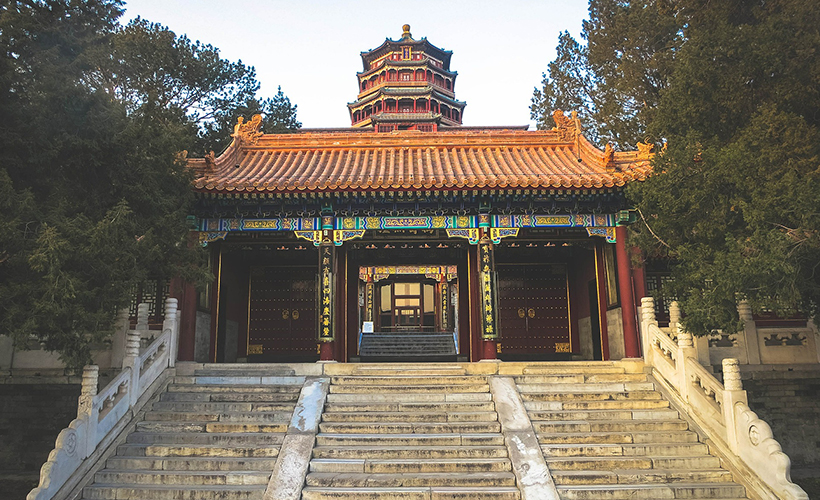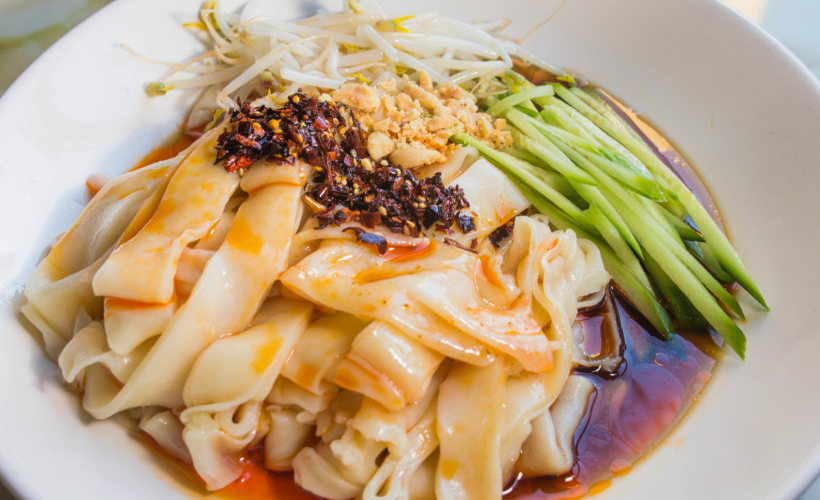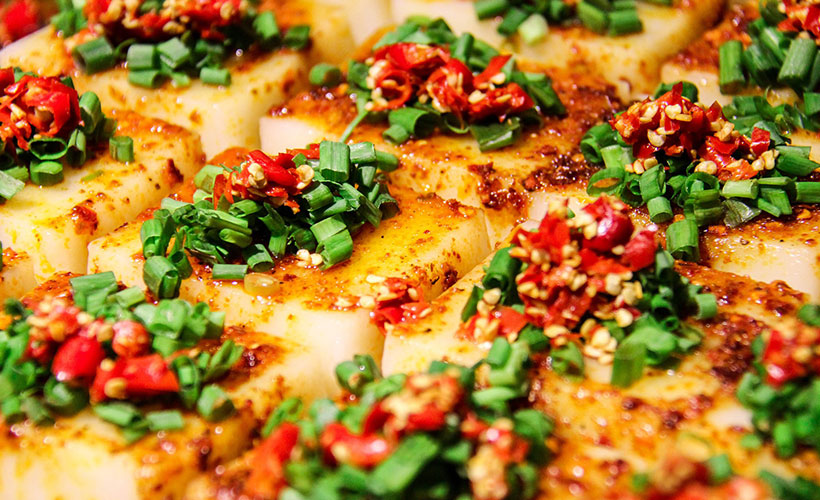
If you’re a lover of spice and often find yourself missing heat in a meal where there isn’t any, it’s safe to say you’re probably familiar with the numbing flame of China’s Sichuan cuisine.
Scavenging for a piece of fragrant chicken amidst the mountain of dried red chillies in your spicy chilli chicken (La Zi Ji). Wiping away the numbing oil from your chin after digging into a plate of poached chicken swimming in chilli oil (Saliva Chicken). The iconic flavours of Sichuan cuisine which marry spice and pungency is certainly a mouthwatering affair.
Just like how Asia’s cuisine is steeped in history, behind the fiery wok techniques and vibrant crimson hue of Sichuan food breathes over 2,000 years of history, traditional Chinese medicine beliefs, and cuisine shaped by the bounty of the province’s land.
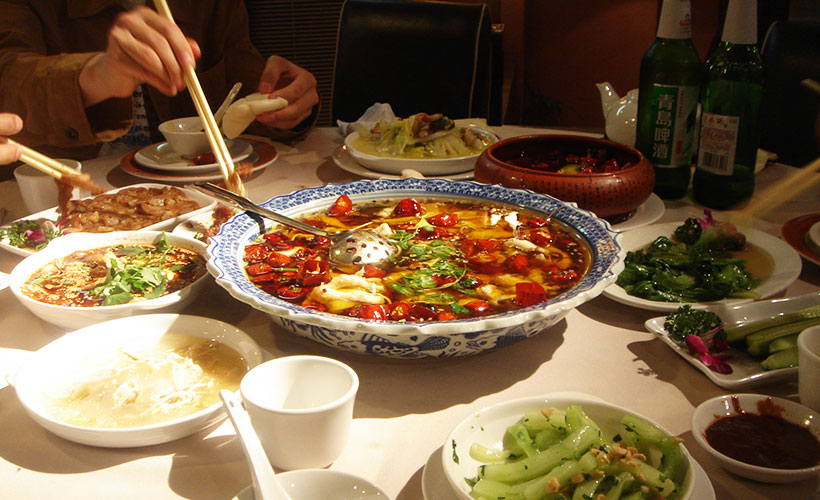
But first, you have to understand what is Sichuan cuisine.
Sichuan (alternatively romanised as Szechuan) cuisine hails from the eponymous province in Southwestern China. Although you can find tasty food just about anywhere, Sichuan food one of the Eight Great Chinese Cuisines, and arguably the most famous. Sichuan food is pretty well known, and mostly for its bold, pungent flavours, oiliness, spiciness, and numbness.
The boldness of flavour comes from raw garlic, and copious amounts of it any form. Garlic water, for one, makes for the pungent component in most Sichuan noodle dishes. Ginger, cilantro, and spring onions are used liberally as well, and not just in the little green scatterings garnished atop, but the heady, pungent white root end.
It’s not all just punch-in-your-face flavours though. Everything is balanced out with the nuttiness of sesame oil and crushed peanuts as well.
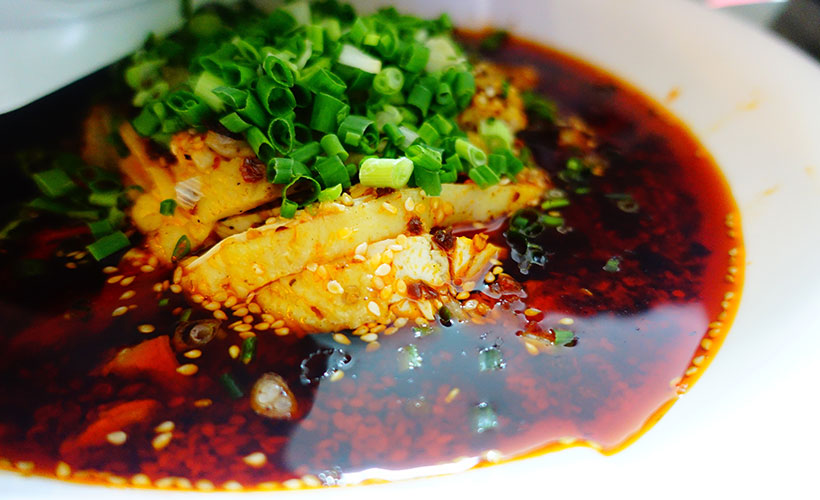
The oily label on Sichuan cuisine definitely holds true too. Intensely red chilli oil is ubiquitous in most dishes. Sometimes ingredients are tossed in it, sometimes doused liberally in it, and sometimes you’d even have to fish for your meal from depths of the stuff! Ladling smoking hot oil over minced aromatics as a final touch for a dish is a popular method to amplify fragrance too.
But the spicy, numbing aspect of the cuisine is what really made the cuisine renown internationally. A quick scan through any Sichuan menu and you’ll be taken aback by the usage of chilli in almost every single dish.
Take for example ma po tofu – braised silken tofu cubes in spicy ground beef sauce. Or even the lesser known liang fen – a cold appetiser of mung bean jelly dressed in chilli oil and other aromatics.
And that numbing feeling you get on your tongue and lips after a sweaty ma la hot pot session? You have the Sichuan or prickly ash peppercorns to thank for that.
So, what shaped Sichuan food to be this way?
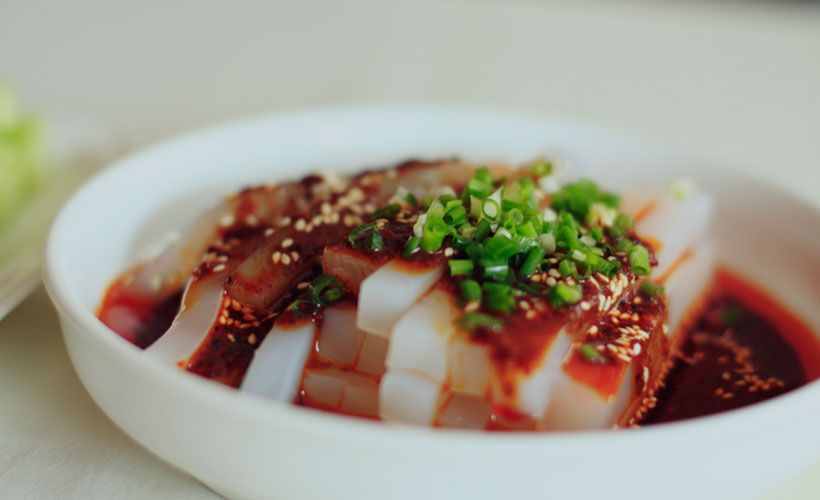
In a (pea)nut shell, the significant complexities of Sichuan food can all be traced back to its province. The weather, the geography and yes, even the people.
The climate in Sichuan is dreary, to say the least. Never-ending drizzle and heavy clouds abound the skies and have for a long time.
It’s common knowledge in the principles of Chinese medicine that humidity leads to “internal dampness”, which also translates into a host of unwanted ailments like lethargy, digestive issues, and rheumatism.
This is where the spice comes in. Hot, spicy food is able to expel this cold and dampness from the body. This, plus the trail of chilli pepper export having snaked its way over to Sichuan around the 17th century meant that the Sichuanese could utilise chilli peppers along with with other warming ingredients to their fullest extent.
Take it as food therapy turned culture if you will!
A plentiful land
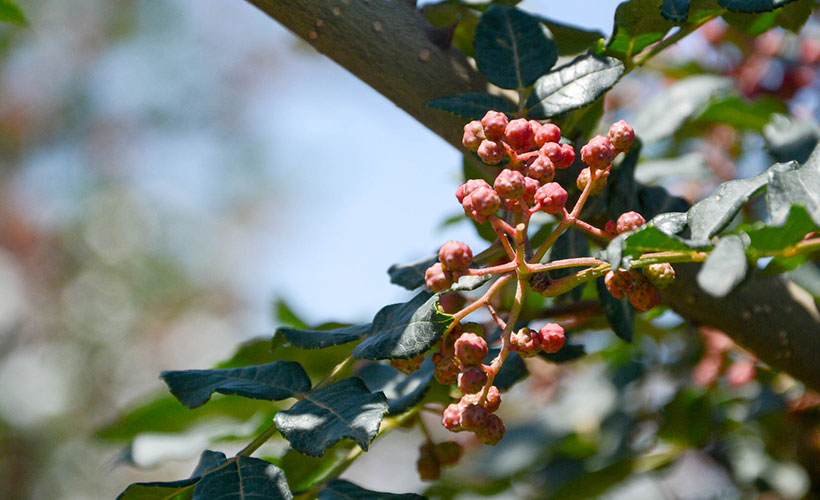
Another name for Sichuan is ‘The Land of Plenty’. With mountainous terrain bordering the west, the fertile Red Basin to its east, and the Yangtze river flowing through its ranks, it’s no wonder the province is known as the breadbasket of China!
Back then, and today still, these ideal growing conditions certainly worked in favour of farming chilli peppers as well as those numbing, citrusy peppercorns. Economics-wise, this meant a cheaper, easy-to-grow option for adding extra oomph to the constrained diet at the time.
Fervent growth of the crops ensued, and this led to the food of Sichuan we so fondly associate with these two crops today.
A people of power
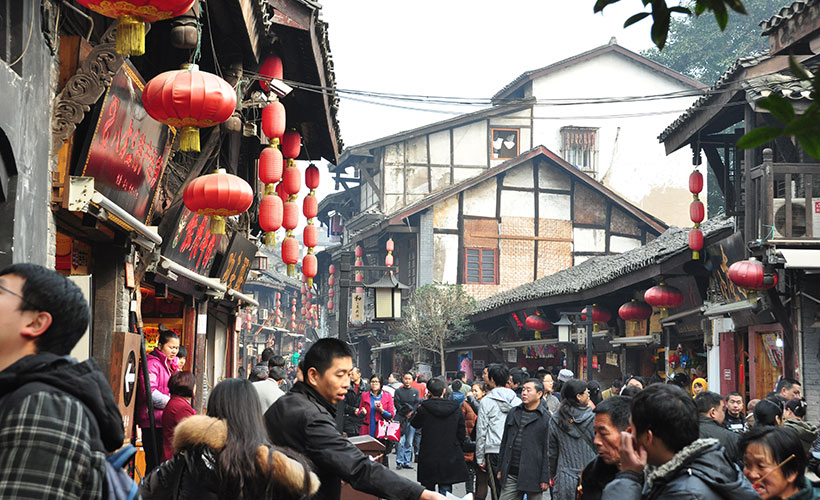
Mao Zedong at some time in the 1930’s had said, “The food of the true revolutionary is the red pepper. And he who cannot endure red peppers is also unable to fight.”
Now, let’s focus on this statement alone, and speak of nothing else associated with the controversial figure. Essentially, this statement can be observed from a certain facet of the Sichuanese.
The typical Sichuan (as well as the neighbouring Chongqing) woman is commonly known as the La Mei (literally Spicy Girl). The La Mei is said to be spicy not just in the food she eats, but also in her captivating looks and fiery, bold demeanour.
In general, the people of Sichuan are stereotyped as brave, loud, and independent. Whether or not this can be attributed to the equally fiery cuisine is a little bit of a long shot, to say the least, though studies have shown a linkage between risk-takers and love for chilli!


